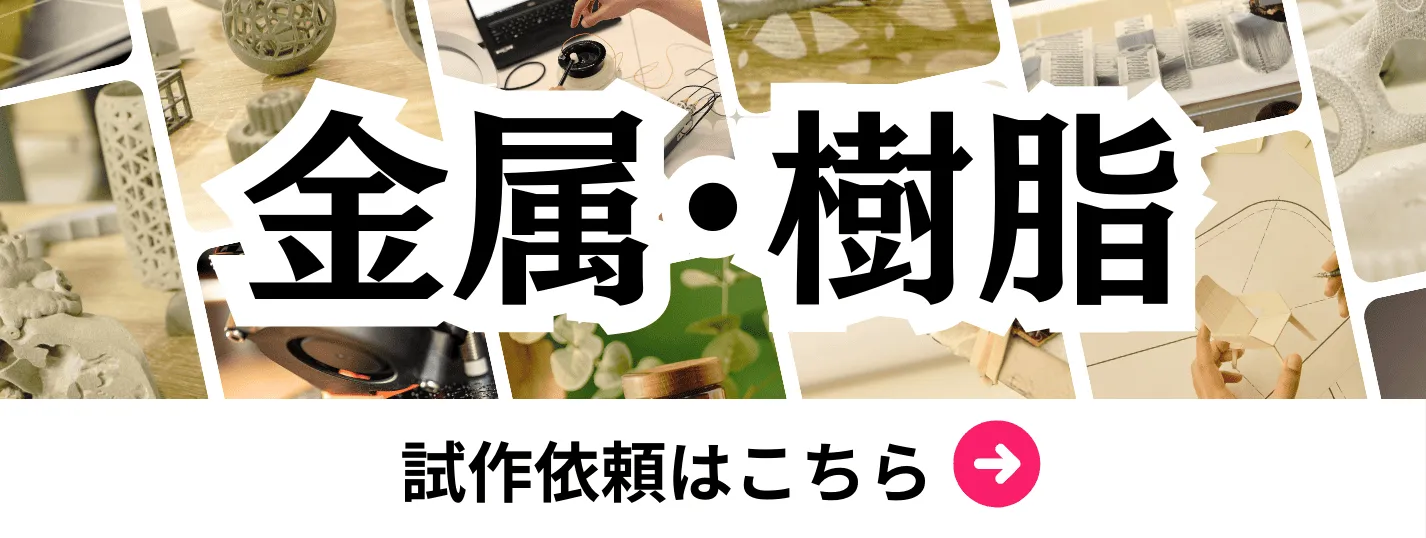- お役立ち記事
- Fundamentals of sputtering thin films and key points for preventing trouble and improving reliability
月間76,176名の
製造業ご担当者様が閲覧しています*
*2025年3月31日現在のGoogle Analyticsのデータより

Fundamentals of sputtering thin films and key points for preventing trouble and improving reliability

目次
Introduction to Sputtering Thin Films
Sputtering is a popular technique used for depositing thin films on a variety of substrates.
This method plays a vital role in manufacturing electronic and optical devices, offering several advantages such as uniformity and precision in thickness.
Understanding the basic principles and components involved in sputtering can aid in optimizing processes and enhancing the quality of the resulting thin films.
How Sputtering Works
Sputtering involves the ejection of atoms from a target material, which are then deposited onto a substrate to form a thin film.
This process occurs in a vacuum chamber that houses a sputtering target, a substrate, and a source of plasma.
The target is bombarded with high-energy ions, typically generated from an inert gas like argon.
This bombardment causes atoms from the target to be dislodged and deposited onto the substrate.
Key Components Involved in Sputtering
Several critical components are involved in the sputtering process:
– **Target Material**: The material to be deposited as a thin film.
– **Substrate**: The surface onto which the thin film is deposited.
– **Vacuum Chamber**: Ensures minimal contamination and control over the environment.
– **Plasma Source**: Generates the ions necessary for the sputtering process.
Types of Sputtering Techniques
There are various sputtering techniques tailored for different applications, including:
– **DC Sputtering**: Utilizes direct current to generate plasma and is suitable for conductive target materials.
– **RF Sputtering**: Employs radio frequency, allowing non-conductive materials to be sputtered.
– **Magnetron Sputtering**: Incorporates magnetic fields to enhance ionization efficiency, offering improved deposition rates and film quality.
Key Points for Preventing Trouble
To maintain efficiency and prevent troubles in sputtering, certain practices should be followed.
Proper Maintenance of Equipment
Regular maintenance of the sputtering system is essential.
This includes inspecting components for wear, checking vacuum seals, and ensuring the cleanliness of the chamber.
Proper maintenance minimizes system downtime and enhances performance consistency.
Control of Process Parameters
Precise control over parameters such as pressure, power, and substrate temperature ensures the deposition of high-quality films.
Inconsistent parameters can lead to defects like poor adhesion, non-uniform thickness, or contamination.
Material Considerations
Selecting compatible materials for both the target and substrate is crucial.
Mismatched materials can result in poor adhesion or chemical reactions that affect film quality.
Additionally, understanding the thermal expansion coefficients of the materials helps in avoiding stress-related issues in the thin film.
Improving Reliability in Sputtering Thin Films
Reliability in the sputtering process can significantly impact the performance of the end product.
Implementing Advanced Monitoring Technologies
Utilizing advanced monitoring techniques such as optical emission spectroscopy can provide real-time insights into the deposition process.
This allows for immediate adjustments to process parameters, ensuring optimal conditions for film growth.
Optimization Through Simulation
Simulating the sputtering process using computer models can help optimize parameters before actual deposition.
This helps in identifying potential issues and fine-tuning the process to improve film characteristics and reduce waste.
Training and Skill Development
Ensuring that operators and technicians are well-trained in the equipment and process details is vital.
Continuous education and skill development help in diagnosing issues swiftly and implementing best practices for consistent quality.
Conclusion
The fundamentals of sputtering thin films encompass a blend of precise mechanics and technological insights.
By understanding the core principles and focusing on the preventive measures and reliability improvement strategies outlined, engineers can optimize sputtering processes for better thin film production.
This not only boosts the efficiency and quality of electronic and optical devices but also extends their operational life and performance.
 資料ダウンロード
資料ダウンロード
QCD管理受発注クラウド「newji」は、受発注部門で必要なQCD管理全てを備えた、現場特化型兼クラウド型の今世紀最高の受発注管理システムとなります。
 ユーザー登録
ユーザー登録
受発注業務の効率化だけでなく、システムを導入することで、コスト削減や製品・資材のステータス可視化のほか、属人化していた受発注情報の共有化による内部不正防止や統制にも役立ちます。
 NEWJI DX
NEWJI DX
製造業に特化したデジタルトランスフォーメーション(DX)の実現を目指す請負開発型のコンサルティングサービスです。AI、iPaaS、および先端の技術を駆使して、製造プロセスの効率化、業務効率化、チームワーク強化、コスト削減、品質向上を実現します。このサービスは、製造業の課題を深く理解し、それに対する最適なデジタルソリューションを提供することで、企業が持続的な成長とイノベーションを達成できるようサポートします。
 製造業ニュース解説
製造業ニュース解説
製造業、主に購買・調達部門にお勤めの方々に向けた情報を配信しております。
新任の方やベテランの方、管理職を対象とした幅広いコンテンツをご用意しております。
 お問い合わせ
お問い合わせ
コストダウンが利益に直結する術だと理解していても、なかなか前に進めることができない状況。そんな時は、newjiのコストダウン自動化機能で大きく利益貢献しよう!
(β版非公開)









